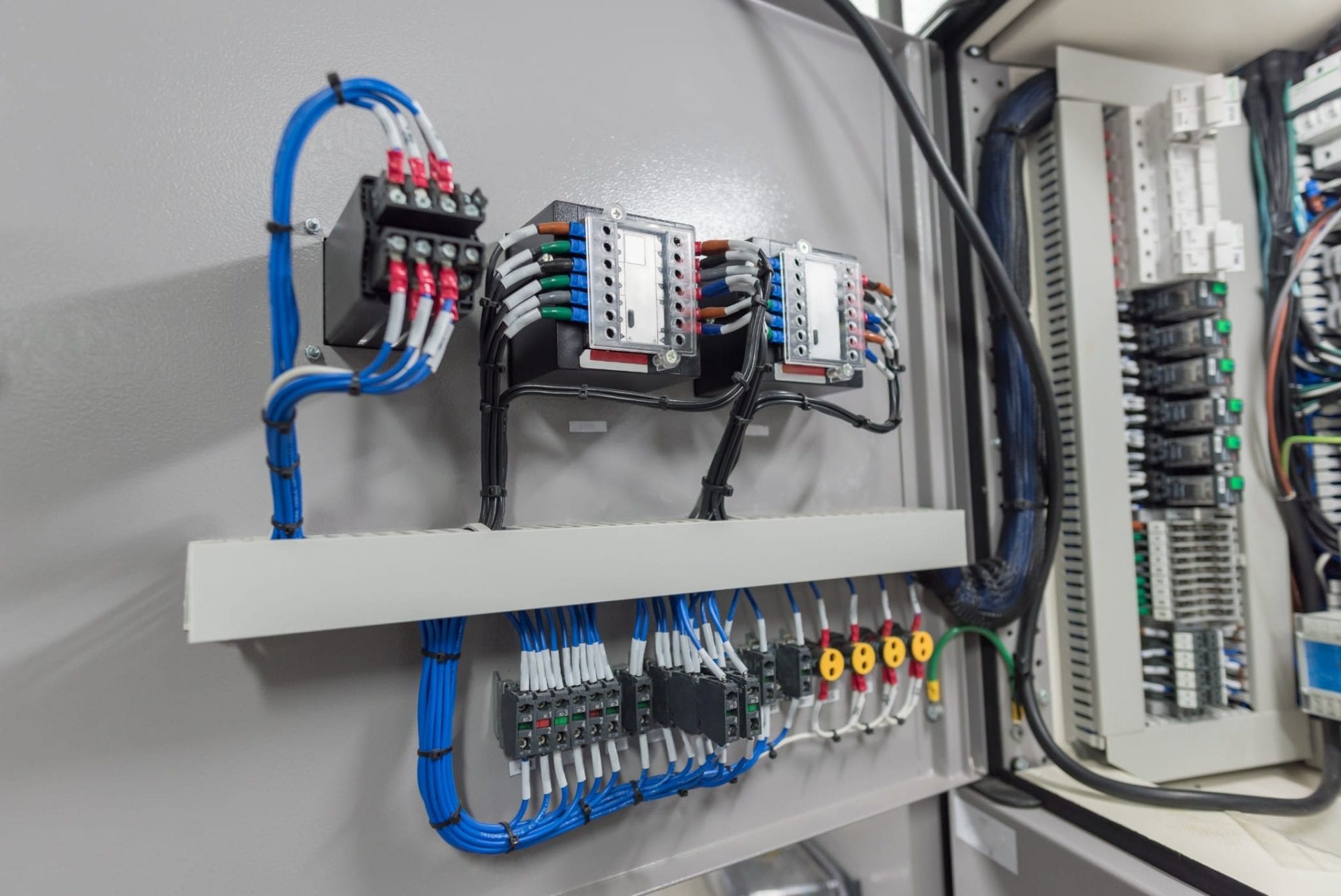The Fundamentals of Electrical Wiring: A Beginner's Guide

Electrical wiring is an essential component of any home, and knowing it is important for every homeowner. Not only is it helpful to ensure the efficient running of your house however, it is essential for your safety. In this article, we will examine the fundamentals of electrical wiring, the importance of safety and the advantages of employing a licensed residential electrician to handle all of your electrical wiring needs.
Understanding the basics of electrical wiring
Wiring for electrical purposes is the set of electrical conductors that runs through your house, delivering electrical power to your appliances as well as lighting fixtures. It functions by creating electrical circuits which connect your power source to your devices. Electrical circuits are made up of wires, switches, along with other electronic components, which work together to create a safe and efficient electrical system. There are different types of electrical wiring, including copper, aluminum, and wire insulation types like PVC paper, rubber, or.
Preparation and planning for electrical Wiring
Before installing an electrical wire, you must consider many factors to consider, including the kind of wiring that you need, the capacity for your current electrical systems and your power needs. In addition, it is essential to know about electrical wiring regulations and permits needed in your region. In order to prepare your electrical wiring system, you must create an electrical plan and assess your electrical needs. This will to ensure your wiring system is secure efficient, reliable, and meets your power requirements.
Materials and Tools Needed for electrical wiring
When installing new electrical wiring, it is essential to have the appropriate equipment and materials on hand. Essential tools include strippers, wire cutters, pliers, as well as a voltage tester. Other materials needed for electrical wiring include wire nuts, electrical tape, conduit as well as electrical box. It is also helpful to have a wiring diagram that will guide you through the installation process.
Step-by-Step Guide to Electric Wiring Installation
Installing electrical wiring can be a complex process However, with the proper tools and expertise you can do it in a safe and efficient manner. This is a step-by-step guide to installing new electrical wiring inside your home:
Switch off the power in the area where you will be working.
Plan the wiring layout and mark where the wiring will be installed.
Install conduit and electrical boxes wherever needed.
Cut and strip the wires to the appropriate length.
Make sure you connect the cables to your fixtures or devices you are wiring.
Make sure the wires are secured with the wire nuts or electrical tape, or even conduit straps.
Test the wiring to ensure that it’s functioning correctly.
In the process of installing It is crucial to follow the best wiring installation methods and suggestions. Be aware of the common mistakes that you should avoid while installing wiring like overloading circuits, using damaged wires and using the incorrect kind of wire.
Troubleshooting Electrical Wiring Problems
Even with careful planning in the installation and design, wiring issues may develop. The most frequent issues are wiring damages, circuit overloads, and electrical shorts. To solve these issues it is essential to be aware of common electrical wiring problems and understand how to effectively and safely address the issue. In addition, it is essential to adhere to electrical safety guidelines when troubleshooting electrical wiring issues like shutting off the power and wearing safety equipment.
Conclusion
Understanding the electrical wiring in your home is vital to your safety and for the proper functioning the electrical systems. It is essential to employ an authorized electrician to ensure your wiring is maintained and installed in a proper manner. In Local Electrician Northern Beaches, we provide a range of electrical services, which include electrical wiring repair and installation. Contact Local Electrician Northern Beaches at 1300 610 481 for all your electrical wiring requirements.
Electrical Wiring FAQ
Here are some frequently asked questions about electrical wiring, as well as additional safety tips and best methods for electrical wiring installation and repair:
What type of wire should I choose to wire my electrical circuit?
The type of wire you choose to use for electrical wiring is contingent on the particular requirements of your project and the local building code. It is essential to choose the correct wire gauge, insulation type, and wire material to ensure the security and effectiveness of your electrical system.
Do I have to install my own electrical wiring?
While it is possible to create the wiring yourself, it’s essential to have the proper knowledge and experience to install it effectively and safely. In the majority of instances it is recommended that you employ an authorized electrician to ensure your wiring is properly installed and maintained in a safe and secure manner.
How often do I need to be having my electrical wiring checked?
It is recommended to inspect your electrical wiring every 10 years or when you notice indications of electrical issues, such as frequent trips to the circuit breaker or electrical shocks.
What should I do if I discover electrical wiring issues in my house?
If you observe any electrical wiring issues in your home, like flickering lights or outlets that won’t work, it’s crucial to fix them right away. Switch off the power source to the area in question and contact an accredited electrician to determine and fix the issue.
By following these suggestions and the best practices, you can ensure that your electrical wiring is secure and working in a safe manner. Be sure to put safety first and get a certified electrician when needed. Contact Local Electrician Northern Beaches at 1300 610 481 to discuss all of your electrical wiring requirements.
